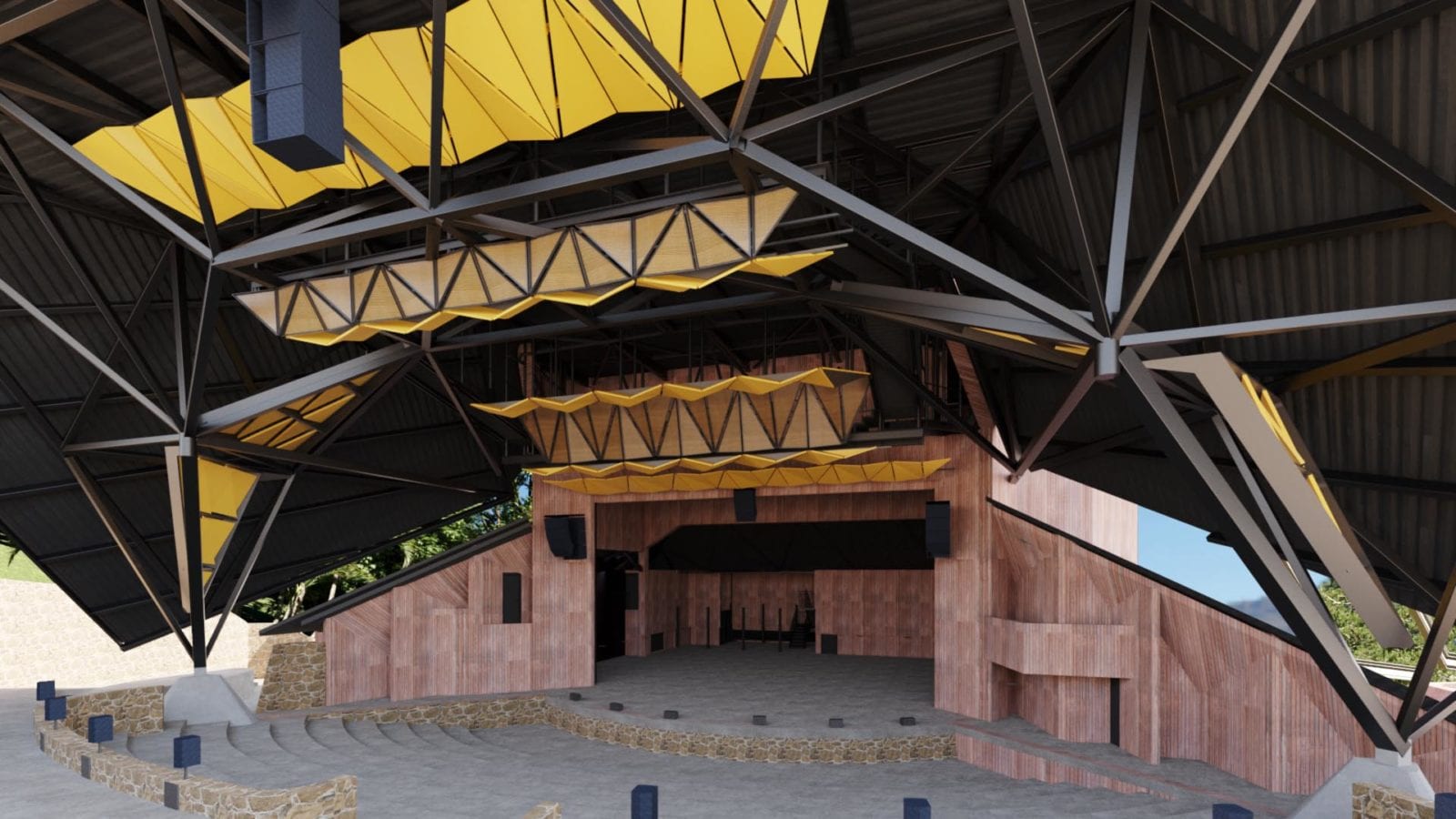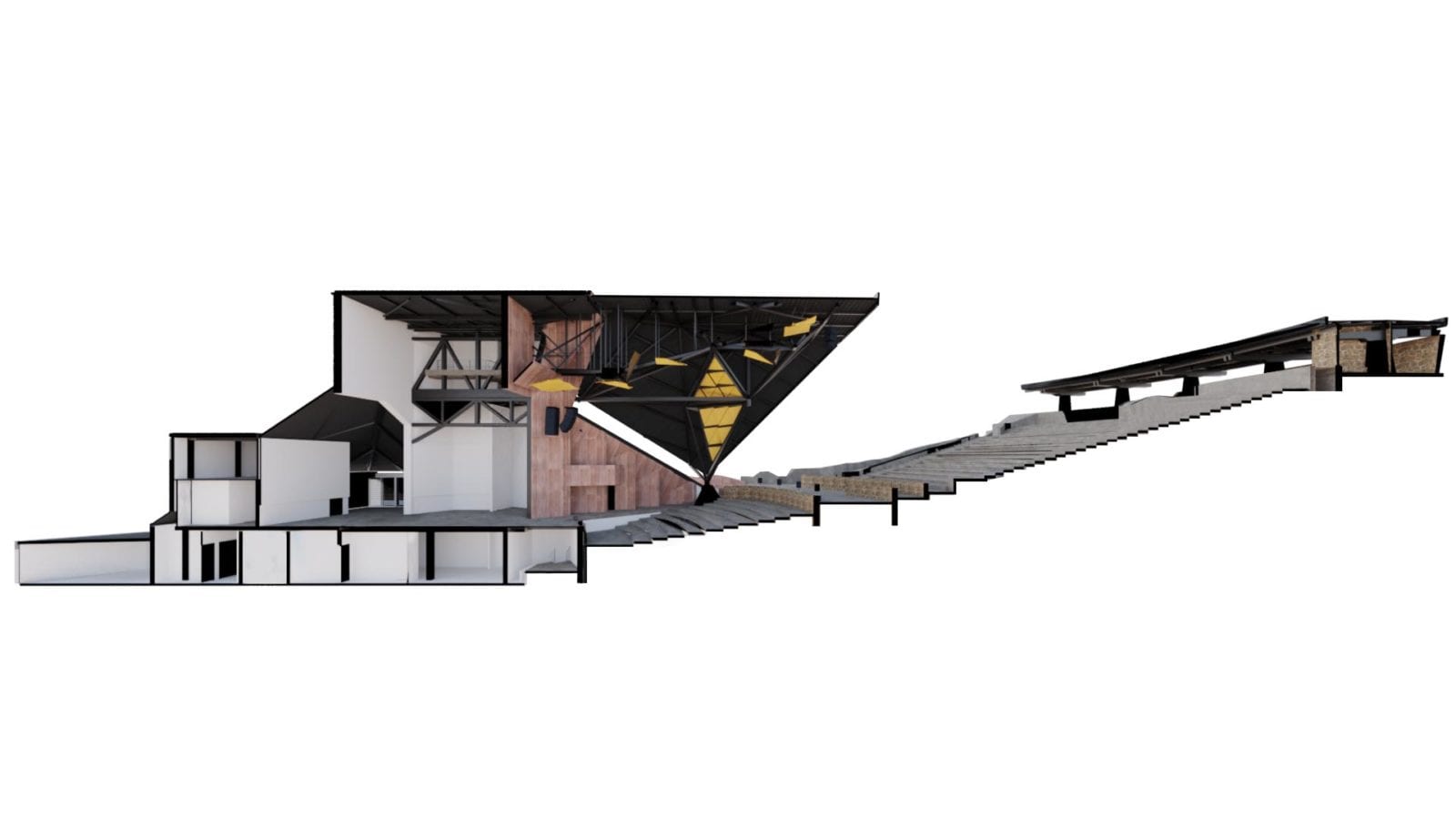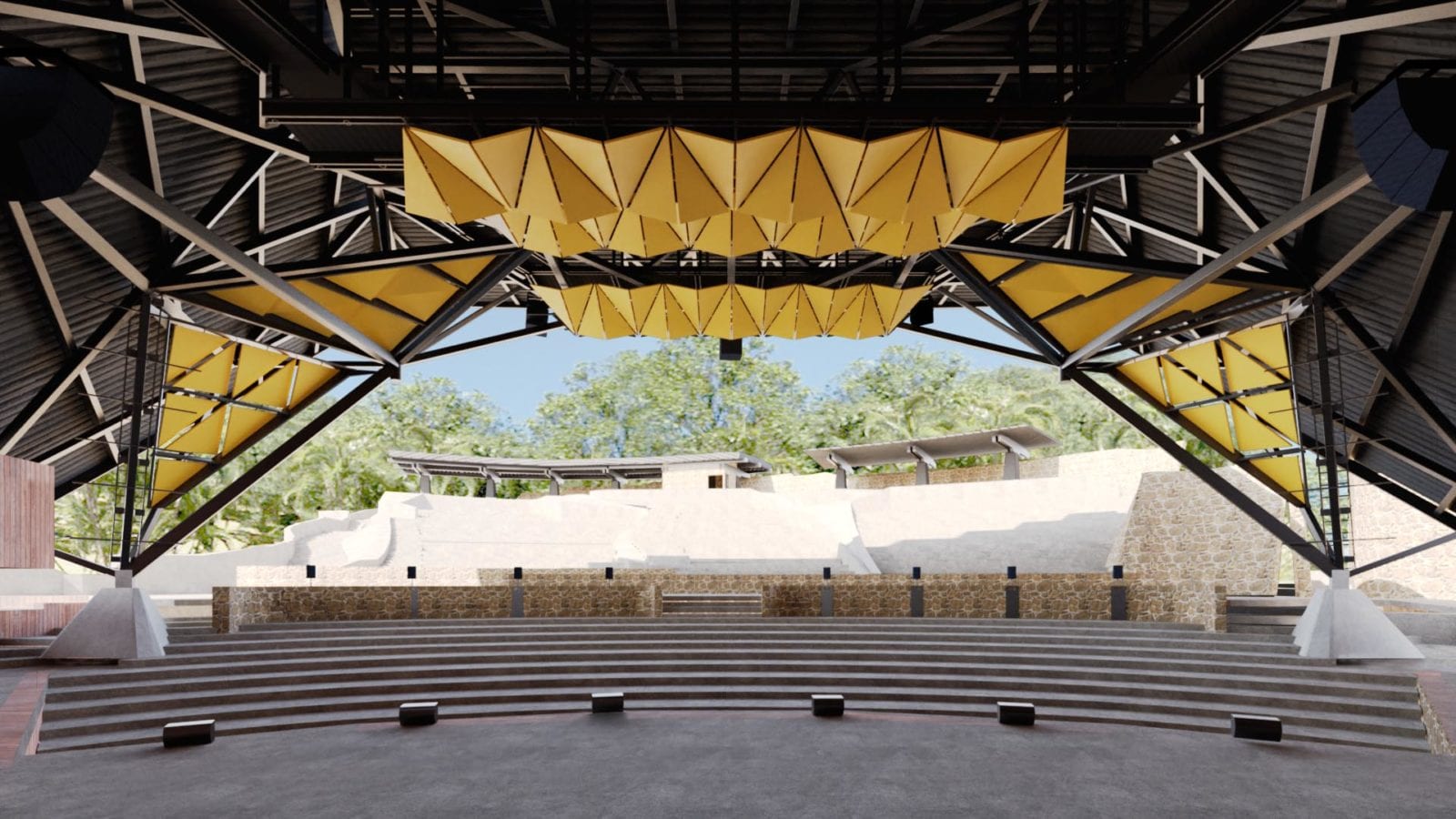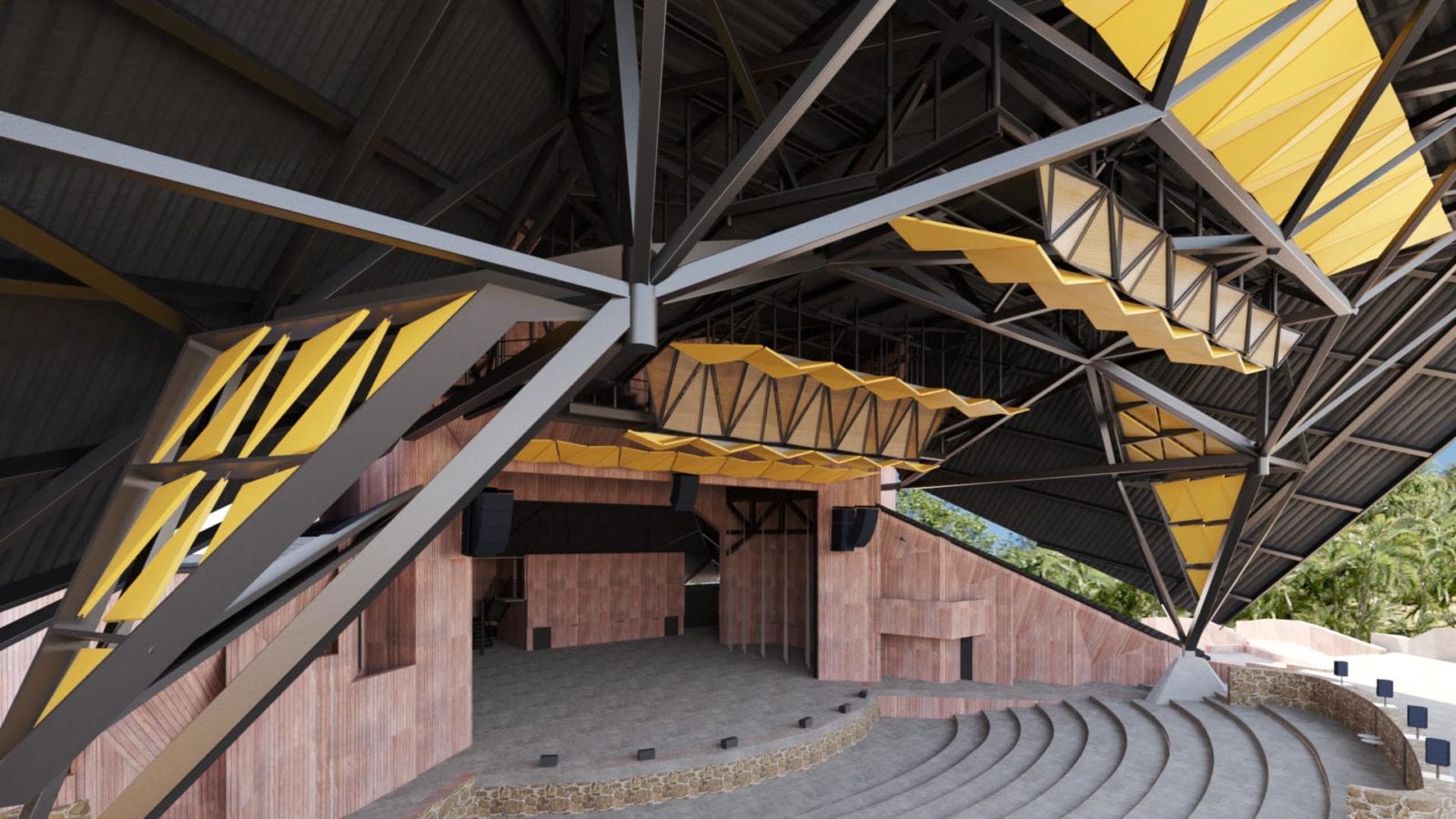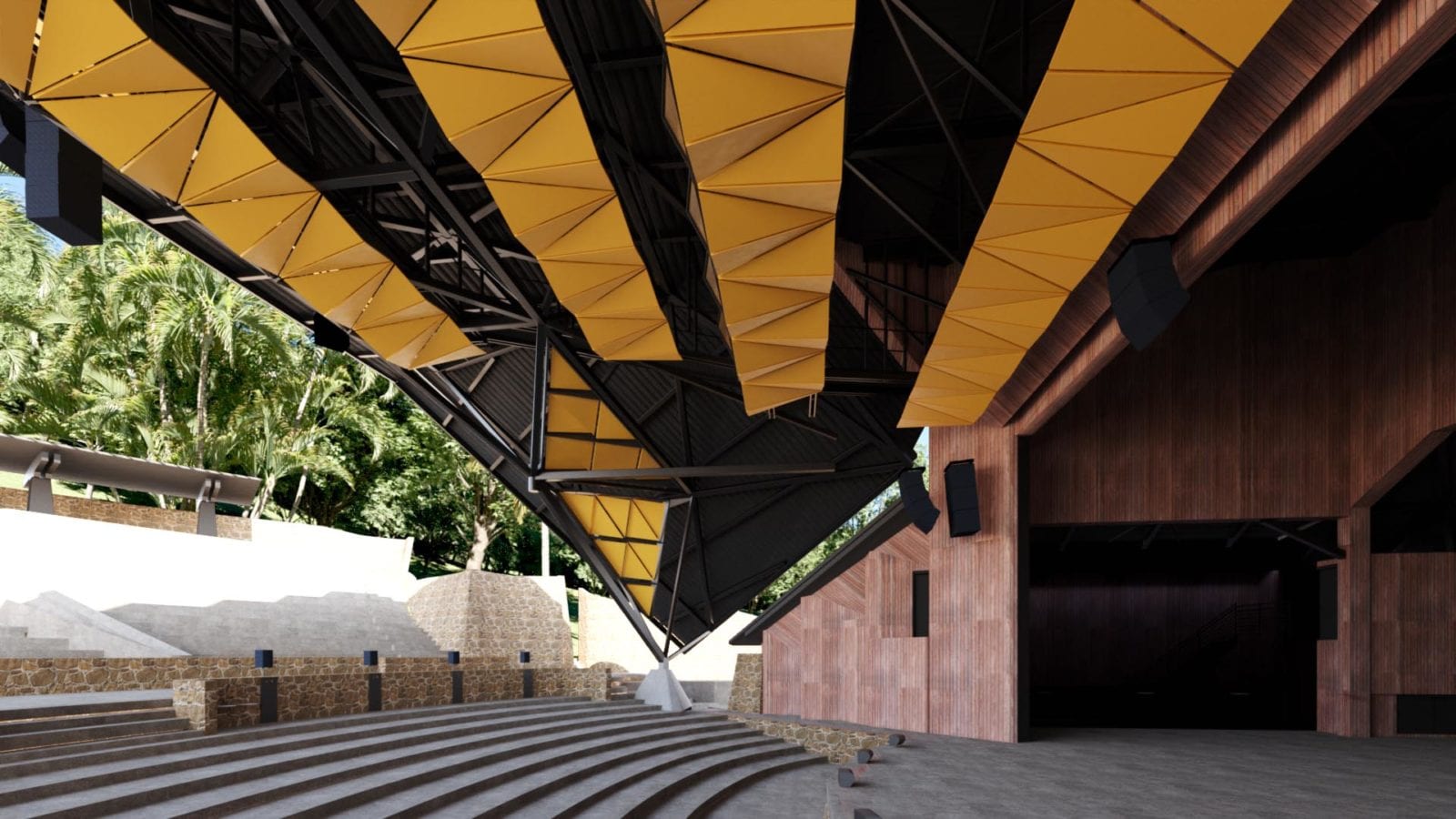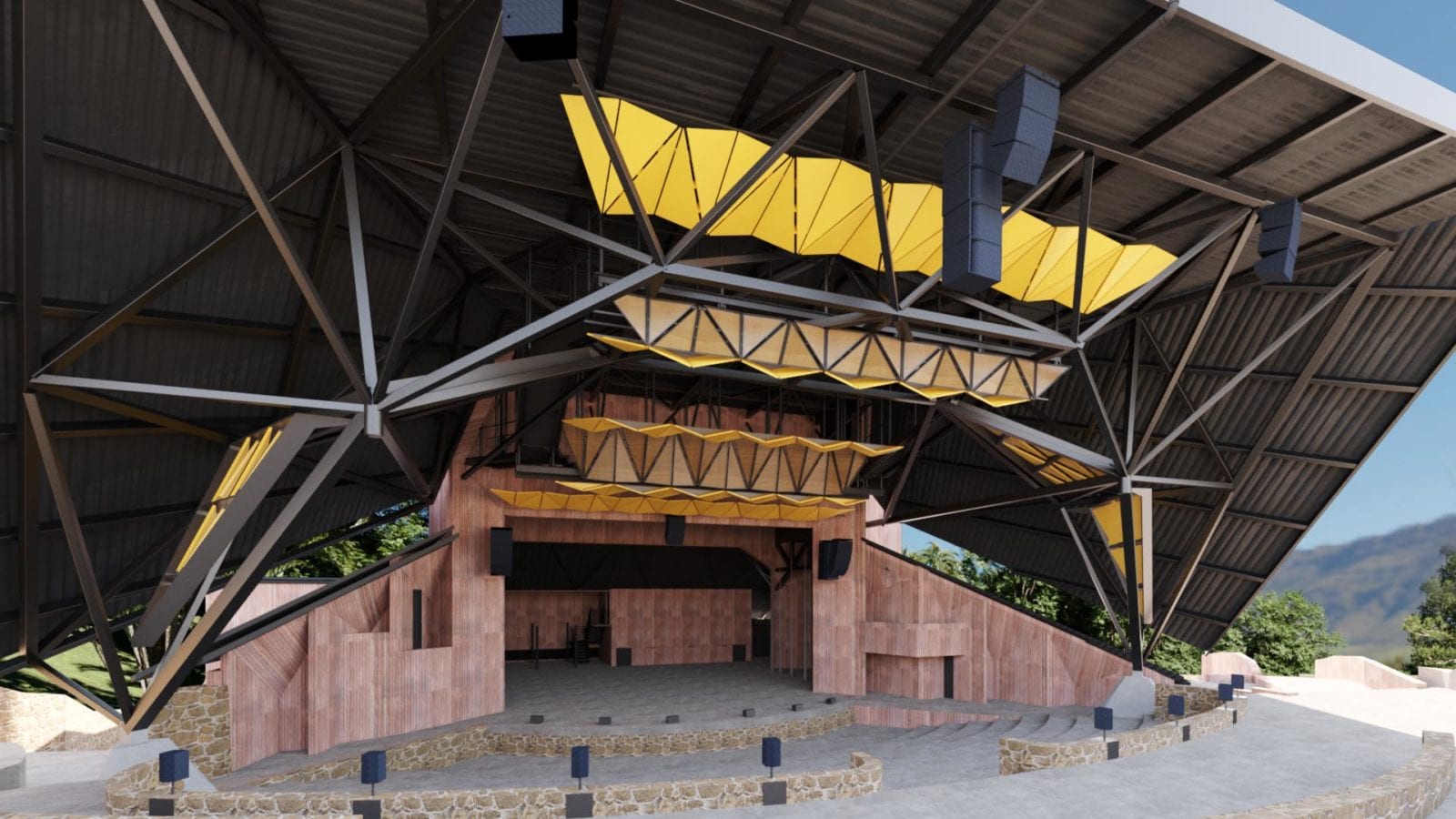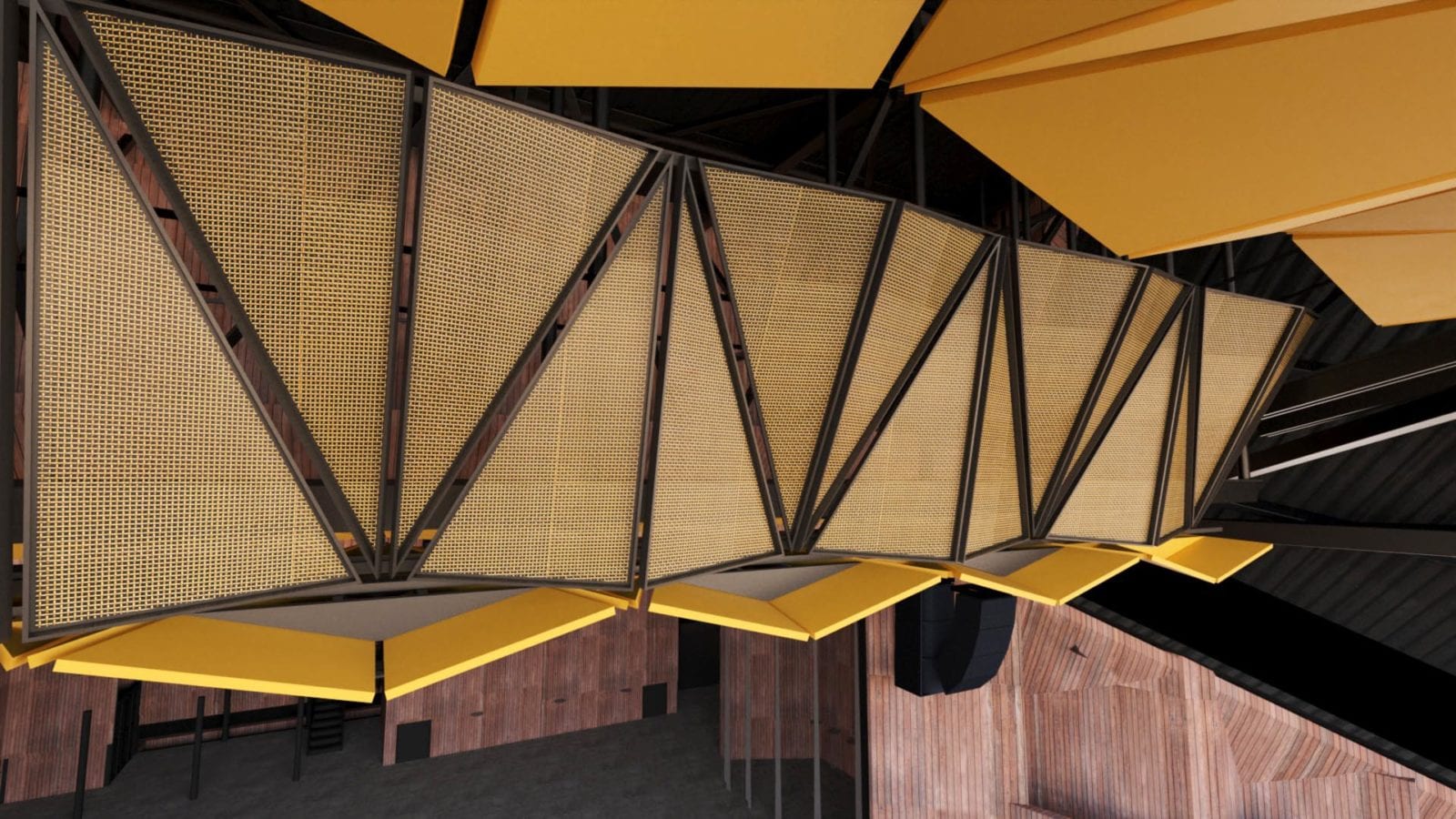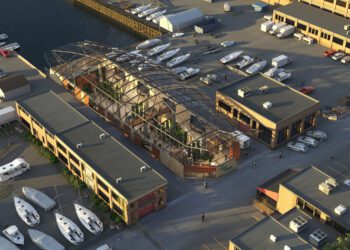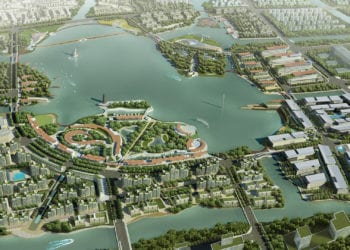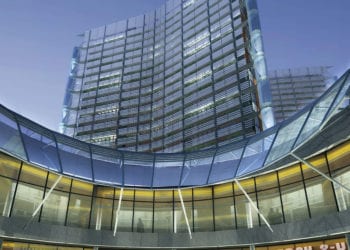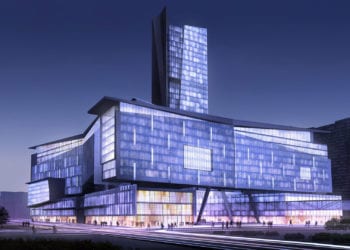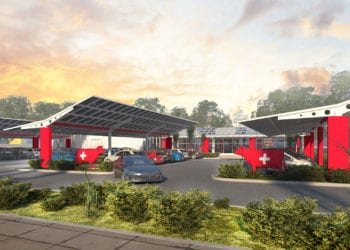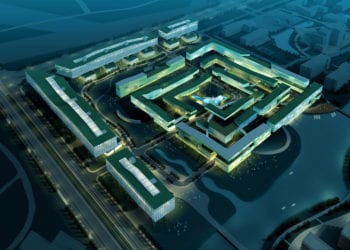Synopsis: In this project, PLA (Paul Lukez Architecture) served as an architectural design consultant to Acentech, a world-renowned acoustical engineering company based out of Cambridge. Acentech and its team, which included Nextstage Design, oversaw reconstituting and restoring the theatrical and acoustic performance of the Reichhold Center in the U.S. Virgin Islands. The Reichhold Center, an extraordinary outdoor theater venue holding 1,196 seats, is a part of the University of the Virgin Islands college campus.
Description:
Two category five hurricanes, Irma and Maria, had hit the Reichhold Center in recent years. The heavily damaged Reichhold Center needed significant construction and related architectural restoration; also, the site required upgrading the centers capacity to support theater and musical events.
Acentech, given its considerable design and engineering capacities, focused on coordinating the project and designing all the acoustic systems. In contrast, Nextstage Design concentrated on its area of expertise in theater design and support systems. Given the unique architectural character of the Reichhold Center’s original design built in 1978, very much in the spirit of 1970s vintage contemporary design. Acentech asked PLA to consult on the design and aesthetic for the reflectors over the stage area.
PLA worked very closely with Andy Carballeira, Jonah Sacks, and Khaleela Zaman (all from Acentech) in developing this design. Different configurations, forms, each with their own geometry and dimensions, were modeled in Rhino. Then, the reflector system was set into a three-dimensional digital model of the existing conditions, developed by Deep Design Studio and PLA.
The reflectors system needed to be designed to not interfere with lighting systems or other technical restraints while providing easy access to other parts of the stage and theater complex. This was accomplished through use of the 3D model of the project.
The proposed designs were then acoustically tested by Acentech’s experts, and adjustments were made to the design incrementally until Acentech achieved the desired acoustic performance. One of the design challenges was arriving at a set of forms for the reflectors that were both easy to build while still captured the spirit of the original structure but in a new and fresh manner befitting our times.
Also, the reflectors system needed to be designed to not interfere with lighting systems or other technical restraints while providing easy access to other parts of the stage and theater complex.

